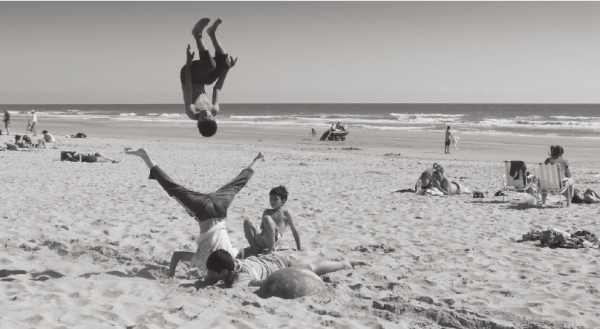
On the lookout photographers require a hunter’s instinct—not unlike those instincts possessed by some of our favorite subjects: cats make excellent models to follow. Their patience ensures the successful pursuit of a mouse or bird. Patience is necessary for photography: sometimes you have to wait for just the right moment to capture. Practicing patience and adhering to the five tips for capturing the right moment listed below will yield excellent photographs.
1 –Prepare Your Equipment. When you head out intending to take pictures, make sure your camera’s battery is fully charged and that you have not left your memory card in your computer. Keeping spare batteries on hand will prevent frustrating situations.
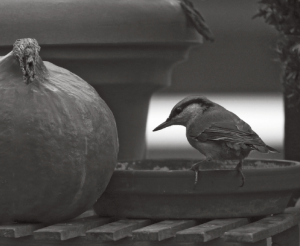
2 – Utilize Burst Mode. Quickly moving subjects make capturing well-composed photos more difficult. One way to deal with this challenge is to use your camera’s burst mode. Doing so means you will be able to choose the picture with the best composition from several options.
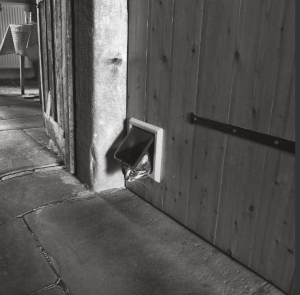
3 – Use Your Reflexes. The performers were photographed in the main train station in Berlin (below) and on the beach of Conil de la Frontera in Andalusia (top of post). In the train station, I watched a performer execute an aerial somersault; I was able to work patiently and wait for him to repeat the somersault to get my desired picture. The picture on the beach was another story: I had to act in the blink of an eye—and with a great deal of good luck—to capture the image at just the right moment.
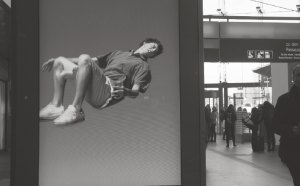
4 – Keep Photographs Candid. Candid snapshots of people who know you are taking their picture are no longer candid. Asking permission to photograph them in advance defeats the purpose. In general, you can tell whether a photograph has been staged. This issue is an unsolved problem that can be addressed only with empathy and intuition.
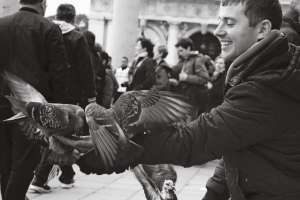
5 – Keep Your Eyes Peeled. I am convinced that it is possible to train yourself to look for subjects. Regular attention to works of art can help you improve your sensibility for quality. Learning by seeing also hones your ability to understand and use compositional design principles. The beech’s elephant-like foot (below) was a picture-worthy subjects noticed with attentive eyes.
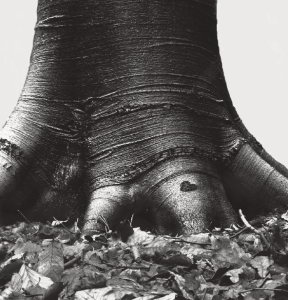
These helpful tips were written by Albrecht Rissler. Find more like this in Rissler’s book, Photographic Composition: Principles of Image Design.
